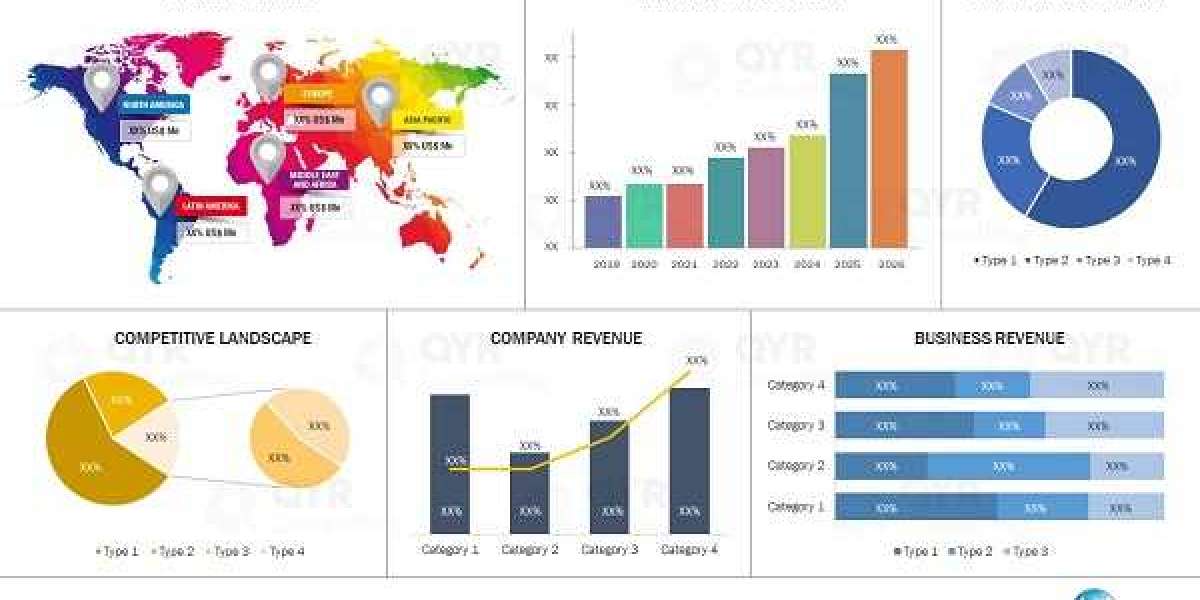لو بتفكر تركّب حمام سباحة في بيتك أو فيلا خاصة، أول خطوة لازم تبدأ بيها هي اختيار واحدة من شركات حمامات السباحة فى مصر اللي عندها خبرة طويلة في التصميم والتنفيذ. الشركات دي مش بس بتركب، لكن كمان بتقدملك استشارات فنية عشان تختار الشكل والحجم المناسب لمساحتك.
وبعد التركيب، بييجي دور مستلزمات حمامات السباحة زي الفلاتر، والسلالم، والإضاءة، وأنظمة التنقية والتدفئة، واللي لازم تكون بجودة عالية عشان تحافظ على كفاءة الحمام ونظافته.
وطبعًا مع الوقت، هيكون ضروري تتعاون مع واحدة من شركات صيانة حمامات السباحة فى مصر، اللي بتقدم خدمات دورية للحفاظ على المياه والماكينات وكمان معالجة أي مشاكل فنية بسرعة قبل ما تكبر.
حمام السباحة مش بس منظر، ده استثمار في رفاهيتك وصحة عيلتك. اختار صح من البداية واستمتع بتجربة كاملة من غير تعب.










